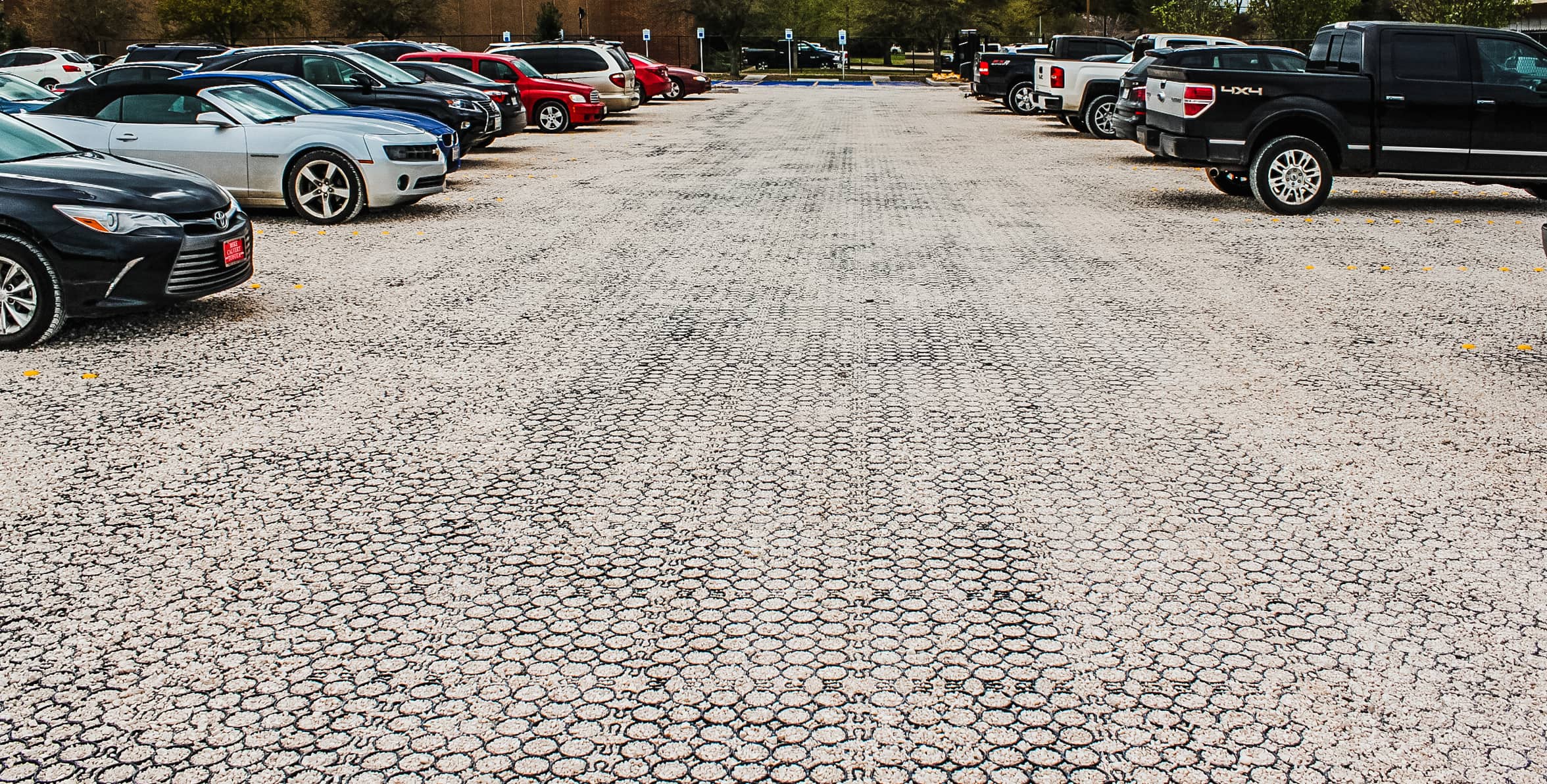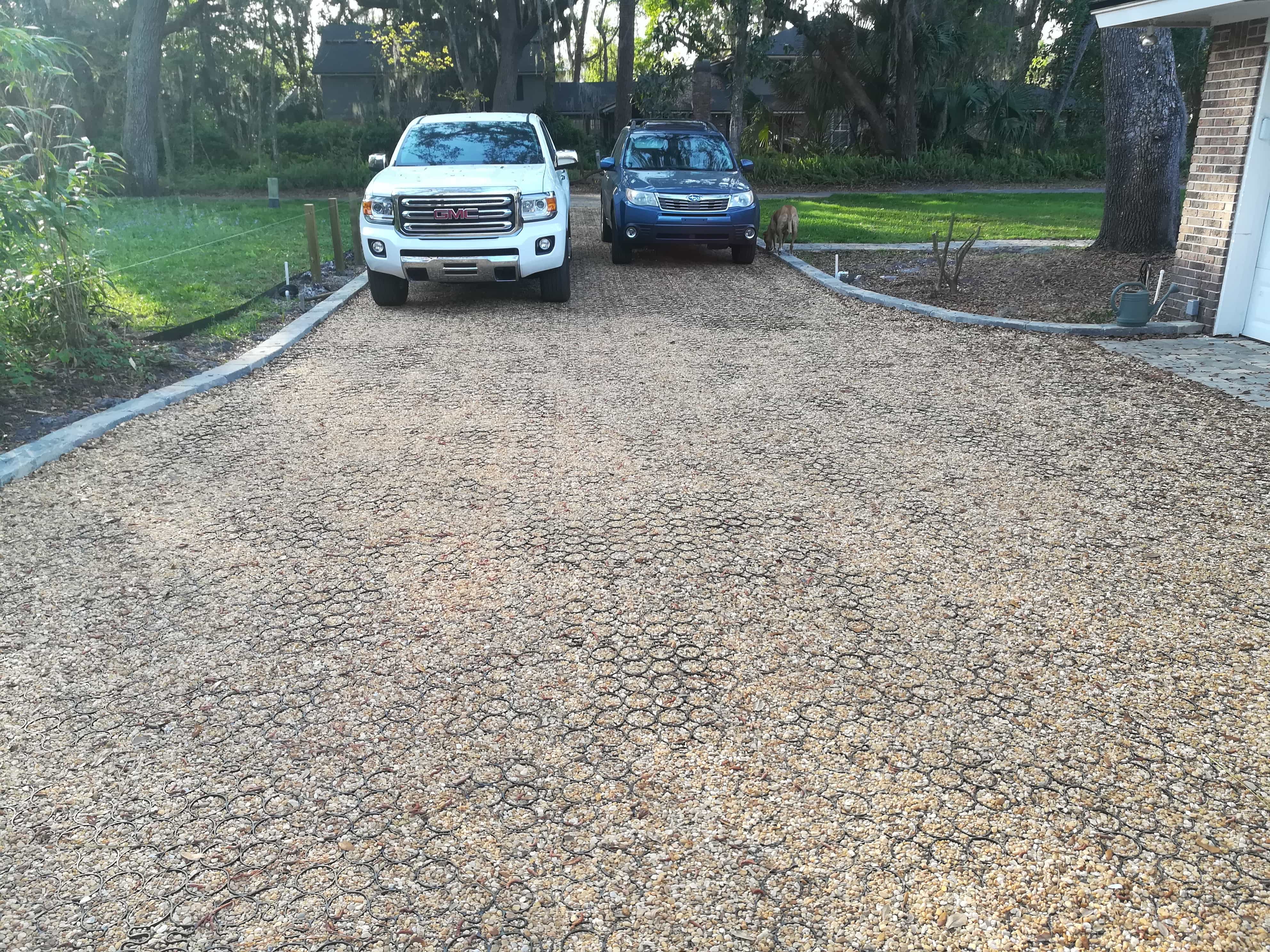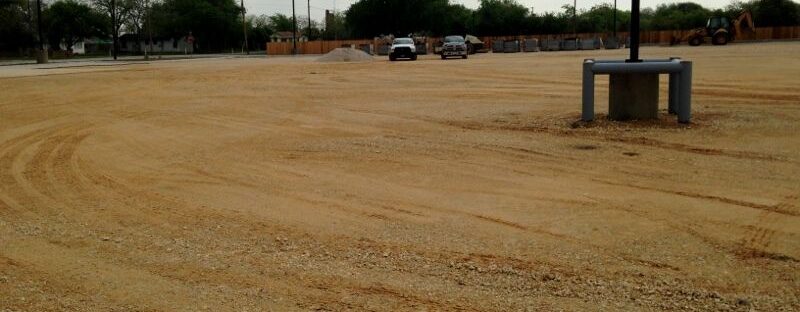 Outdoor spaces should do more than sit there—they should feel like an extension of your home, a place where function meets style. The right design turns an empty yard into something inviting, whether it’s a cozy patio, a winding pathway, or a spot for gathering with friends. Hardscaping helps bring it all together, creating structure, durability, and endless ways to customize your space.
Outdoor spaces should do more than sit there—they should feel like an extension of your home, a place where function meets style. The right design turns an empty yard into something inviting, whether it’s a cozy patio, a winding pathway, or a spot for gathering with friends. Hardscaping helps bring it all together, creating structure, durability, and endless ways to customize your space.
Understanding Hardscaping’s Role in Outdoor Spaces
Hardscaping is all about the solid, man-made parts of your yard—the stuff that doesn’t grow. Think patios, pathways, retaining walls, and driveways. These features give your outdoor area a solid base and make it easier to use and enjoy. While plants and grass add beauty and life (known as softscaping), hardscaping adds support and shape. The best outdoor designs mix both to create spaces that look great and work well.
The Functional Benefits of Hardscaping
Hardscaping does more than just give you a place to walk or sit. It also helps manage rainwater, protects your yard from erosion, and cuts down on upkeep. Without strong, built-in features, your landscape can get muddy, messy, or worn out over time. That’s why designers often look at the slope of your land, the type of soil you have, and your local weather before choosing the right materials—making sure everything holds up and fits the look you want.
Designing for Functionality and Longevity
A successful hardscape does more than make your yard look nice—it helps fix common outdoor problems. Walkways make it easier to get around and keep high-traffic areas in good shape. Retaining walls help manage steep spots and stop soil from sliding. Fire pits and patios turn your backyard into extra living space you can use all year. When it’s all planned well, these features work with your plants, not against them, and make your space more usable and enjoyable.
Material Selection: Durability Meets Sustainability
 Classic materials like concrete, brick, and stone are still favorites because they last a long time. But newer options are stepping up, like permeable pavers that are better for the environment.
Classic materials like concrete, brick, and stone are still favorites because they last a long time. But newer options are stepping up, like permeable pavers that are better for the environment.
- TRUEGRID’s permeable pavers are made from recycled plastic, making them a smart, eco-friendly choice that keeps trash out of landfills and helps with water drainage.
- They’re also built to be tough—strong enough to handle heavy cars or equipment without cracking or breaking. Since they let water pass through, they help prevent puddles and erosion, giving homeowners, businesses, and cities a low-maintenance, long-term fix for problem areas.
Sustainability in Hardscaping: A Growing Priority
More and more cities are requiring the use of permeable paving in new projects. Places like Chicago and Portland are already using TRUEGRID’s open-grid design to manage rainwater and avoid the problems caused by standard concrete or asphalt. These systems let water soak into the ground, which helps refill underground water supplies, reduces flooding, and takes stress off city drains.
Balancing Hardscaping and Softscaping
The best hardscaping doesn’t overpower your yard—it works with it. Landscape designers use clever tricks like layering or changing heights to blend solid features with natural ones.
For instance, a retaining wall can double as a bench, saving space and adding function. Stepping stones surrounded by low-water plants can break up a lawn while still allowing for good drainage. Water features like fountains or ponds help bridge the gap between stone and greenery, adding soothing movement and sound to your yard.
Design Strategies for Cohesion
To make everything feel connected, designers pay close attention to things like color, texture, how people move through the space, and how the yard changes through the seasons. The materials you choose should fit in naturally, not stick out. Paths and walkways should feel easy to follow—not forced. And since outdoor areas deal with all kinds of weather, it’s important to pick materials that handle heat, cold, rain, and sun without falling apart.
Hardscaping as a Long-Term Investment
Keeping your yard looking great isn’t just about looks—it also boosts your home’s value. According to the 2023 Remodeling Impact Report from the National Association of Realtors (NAR), adding a new patio can bring a 95% return on what you spend, and basic yard maintenance can give you back 104%.
On top of that, nice outdoor spaces help homes sell quicker. About 92% of realtors say curb appeal is important, and 74% specifically recommend yard updates to draw in buyers. Whether you’re adding a walkway or a driveway that handles water better, these changes make your home more attractive—and worth more.
Urban Applications and the Future of Hardscaping
 Cities are under growing pressure to make public areas greener and more efficient. Sidewalks and streets are needed for access, but old-school materials can make flooding worse and hurt the environment.
Cities are under growing pressure to make public areas greener and more efficient. Sidewalks and streets are needed for access, but old-school materials can make flooding worse and hurt the environment.
Chicago’s Green Alley Program shows what’s possible when you use permeable pavers in place of regular pavement. The switch has helped cut down on flooding, improved how water soaks into the ground, and even lowered temperatures in heat-heavy neighborhoods.
As more cities roll out eco-friendly building policies, hardscaping is moving away from concrete and toward materials that support the environment. The next generation of city design will focus on surfaces that are both strong and green—proving that smart planning can be good for both people and nature.
Making the Right Hardscaping Choices
Choosing the right materials for your yard depends on things like how much weight they’ll need to hold, how often they’ll be used, your local weather, and how much upkeep you want to do. For driveways, permeable pavers are a great pick—they’re sturdy and prevent water buildup. In places where lots of people walk, landscapers look for textured surfaces that won’t get slippery and still look natural.
By taking into account the unique needs of your property, you can create a space that’s both tough and beautiful. Hardscaping is always evolving, with new materials and building methods making it easier to create yards that last and support the planet.
Build a More Sustainable Landscape with TRUEGRID
TRUEGRID can soften up the hardscape areas. By using grass infill in TRUEGRID, you can have a stable, drivable surface that doubles as a cool, vegetated area. The area can infiltrate rainwater and provide a surface for vehicles.

An alternative to traditional hardscaping, gravel filled TRUEGRID areas can be used in patios, driveways, garden paths, RV and boat pads – most anywhere traditional paving has been used. TRUEGRID with gravel can provide a durable, stable, and low-maintenance alternative to traditional hardscaping.

Permeable grid pavers, like TRUEGRID, filled with gravel can provide the texture, look, and feel that matches the modern look and traditional areas as well.
As more homeowners look for eco-friendly ways to build out their yards, TRUEGRID’s permeable pavers are raising the bar. They offer strength and durability while keeping the planet in mind—making them a smart, lasting choice for both homes and businesses. Contact us today for more information.



